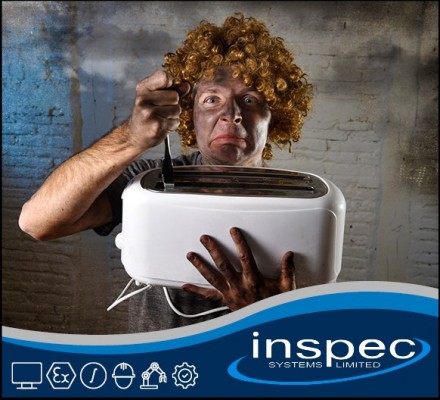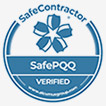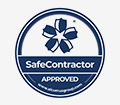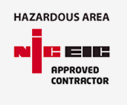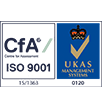Guide to Electrical Safety
Electricity is all around us in our homes, in the countryside and at work. We are all users and for most of us the protections afforded by good design are all that is required to keep us safe, although I have never understood why toasters are allowed!
Did you know!!!
- It is estimated that over 700 people worldwide are killed each year as a result of toaster fires and electrocutions.
- Any toasters manufactured after 2001 are equipped with an “Anti-Jam” and auto shutoff mechanism, however, these can fail after years of use and build-up of food.
- Toasters can contain exposed live electrical currents that can lead to electrical shock burns and even death – i.e. don’t stick a knife in the toaster to remove jammed toast. Unplug it first.
In this article I want to focus on Electricity in the workplace. If for instance you are having building work carried out, your home becomes a workplace and so attracts the attention of the Construction Design and Management Regulations 2012. This in turn requires the application of all relevant legislation including the Electricity at Work Regulations 1998 (EAWR), which is the starting point for Electrical Safety Compliance.
Take a look at the information available on the HSE website. HSR 25 is a guidance document for EAWR, it is written in relatively plain English and is an essential reference document for anyone responsible for managing electrical systems. The document does what it says, it gives guidance but doesn’t tell you exactly what to do and what not to do, relying heavily on a risk assessed approach, the requirements for competency and the need to identify a Duty Holder.
Compliance with the EAWR is a legal requirement and application of the regulations is supported by a whole suite of legislation including The Health and Safety at Work Act 1974, The Workplace (Health Safety and Welfare) Regulations 1992 and many more.
So, we can already see that this topic is a serious one. The route to electrical safety can be long and arduous. For many, finding the time to wade through and understand all the regulations, fully understand, and interpret the clauses in the real word can be challenging especially whilst carrying out a day job. Let’s be honest, it often doesn’t get the attention it requires.
Whether you have responsibility for an office, nursery, power station or manufacturing facility you must have suitable and sufficient risk assessments, safe systems of work and if you don’t have a named duty holder, it is probably you!
Most of the time we can take electricity for granted but we need to treat it with respect, spilled electrons cost lives! Many industrial plants operate extensive and complex high power systems. If incorrectly designed, maintained, and operated these systems can give rise to danger through shock, explosion, arcing, and fire.
Having documented safety policies, procedures, risk assessments and competency assessments are all essential requirements to achieve compliance. The question is, will these documents prevent one of your employees from putting a knife in a toaster?
The challenge we see is how, after writing all the policies and procedures and having big fat files on the shelf or in a computer, do we get the message down to those people at risk. There is no use having the files on display at the bottom of a locked filing cabinet stuck in a disused lavatory with a sign on the door saying “Beware of the Leopard”, the key is communicating to those who need them.
Whether it is writing Electrical Safety Policies and Procedures, Electrical Safe Systems of Work, carrying out Electrical Systems designs, delivering electrical safety awareness training at all levels or carrying out Arc Flash assessments, our team of competent Electrical Engineers are waiting to take your call to see how we can help you.


